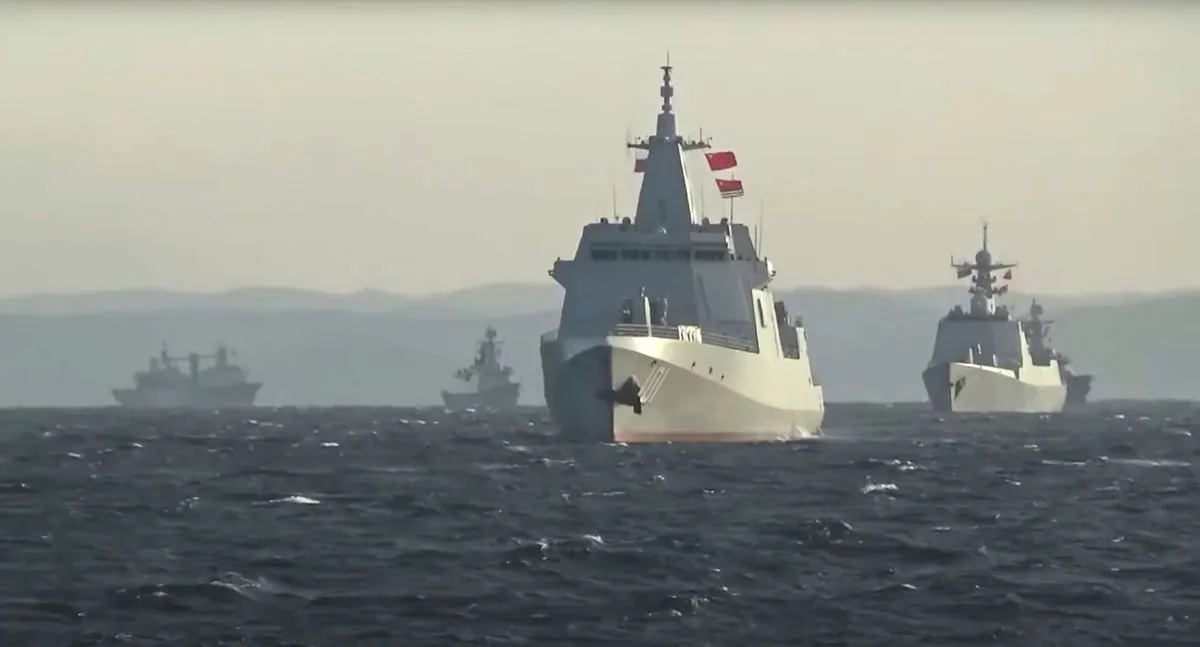On September 21, 2024, Russia and China commenced joint naval exercises in the Sea of Japan, a marginal sea bordered by the Japanese archipelago, Sakhalin, the Korean Peninsula, and Russia. The operation, dubbed "Beibu/Interaction - 2024," marks another milestone in the ongoing military cooperation between the two nations.
According to Russia's Pacific Fleet, a combined fleet of warships from both countries departed from Vladivostok, Russia's largest Pacific port and the administrative center of Primorsky Krai. The exercises are set to include anti-aircraft and anti-submarine warfare components, demonstrating the participating forces' capabilities in these crucial naval defense areas.
This joint operation follows the recent Ocean-2024 naval drills conducted earlier this month, where Russia and China practiced missile and artillery firing. These exercises reflect the growing military collaboration between the two countries, a trend that has been developing since their first joint naval exercise in 2012.
The Sea of Japan, known for its strategic importance due to its location and resources, serves as the backdrop for these maneuvers. Naval exercises typically involve simulated combat scenarios and tactical maneuvers, aimed at improving interoperability between participating forces.
Vladimir Putin, the Russian President, has framed these joint exercises as a response to the United States' influence in the Pacific region. The Pacific has indeed been an area of increasing geopolitical tension in recent years, with various nations vying for strategic advantage.
It's worth noting that the Chinese Navy, officially known as the People's Liberation Army Navy (PLAN), and the Russian Navy's Pacific Fleet have been strengthening their cooperation as part of a broader trend of military alignment between Beijing and Moscow. This collaboration has been ongoing since 2005, with joint exercises becoming more frequent and complex over time.
As these drills unfold, they will likely involve both surface ships and submarines, showcasing the diverse capabilities of both navies. The focus on anti-submarine warfare, which involves detecting, tracking, and potentially neutralizing enemy submarines, highlights the importance of undersea capabilities in modern naval strategy.
These exercises come at a time when the United States maintains a significant naval presence in the Pacific, underscoring the complex geopolitical dynamics at play in the region. As Russia and China continue to enhance their military cooperation, the international community will be closely watching the implications for regional security and global power dynamics.
